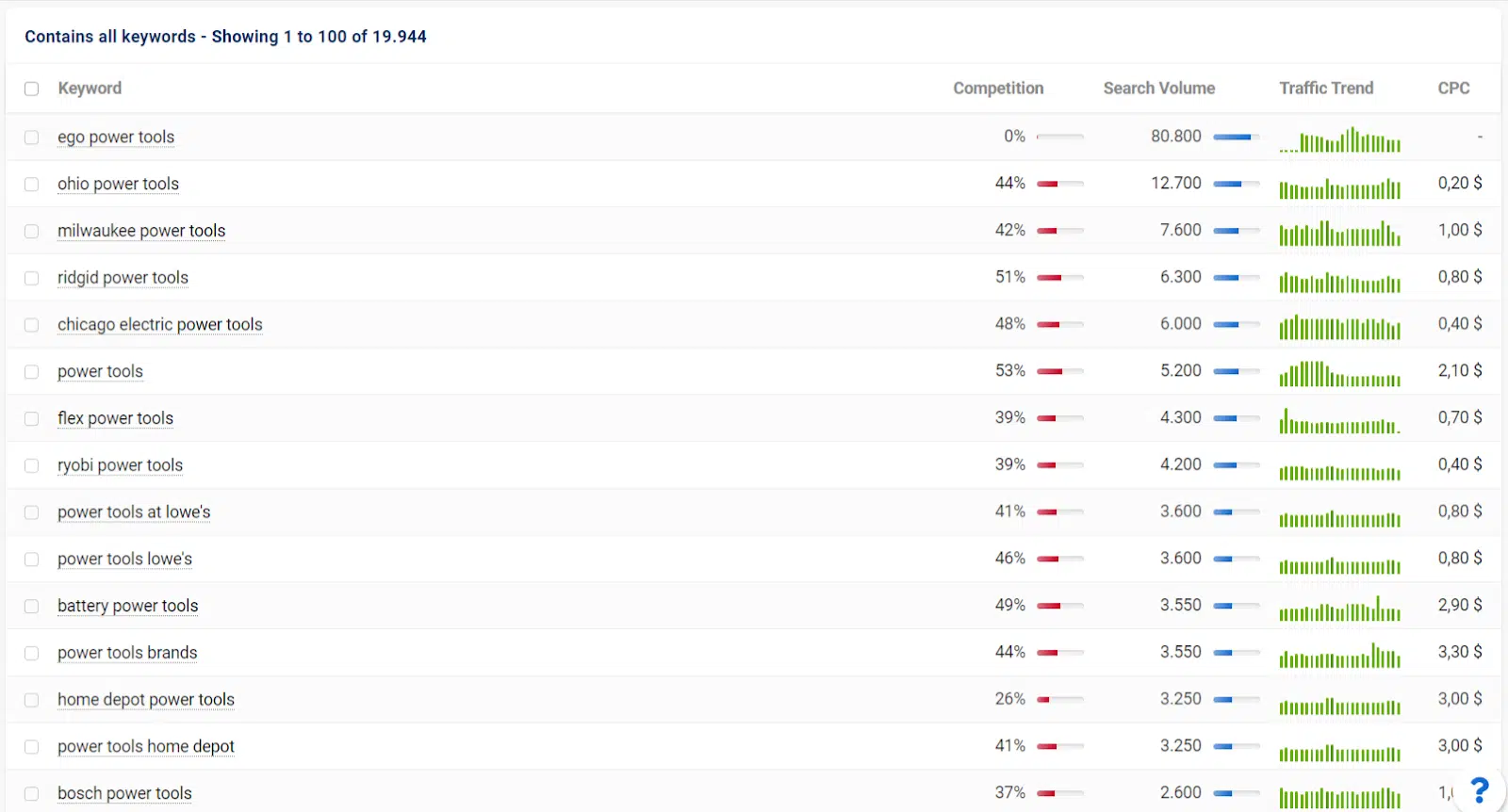In today’s fast-paced world, finding a balance between your working life and personal life can feel like an impossible task. Between long hours at the office, tight deadlines, and family responsibilities, it’s easy to feel overwhelmed. Yet, achieving work-life balance is essential for your mental health, productivity, and overall happiness.
1. Set Clear Boundaries
One of the first steps to balancing work and personal life is setting clear boundaries. Define your working hours and stick to them. Avoid checking emails or taking work calls after hours. Let your colleagues know your schedule, so they respect your personal time. By drawing these boundaries, you create space for relaxation, hobbies, and family, which are just as important as your professional responsibilities.
2. Prioritize Your Tasks
Balancing life starts with effective time management. Use tools like to-do lists or productivity apps to prioritize tasks. Focus on high-impact work first, and don’t hesitate to delegate or postpone less critical tasks. Prioritization reduces stress and ensures you have time for both work and personal activities.
3. Learn to Say No
Overcommitting is a common reason people struggle with work-life balance. Learning to say no is not selfish—it’s necessary for your well-being. Whether it’s an extra project at work or a social event you’re not interested in, saying no helps you focus on what truly matters.
4. Make Time for Yourself
Self-care is crucial for maintaining balance. Schedule time for activities that recharge you, whether it’s reading, exercising, or meditating. Even short breaks during work hours can improve concentration and reduce stress. Remember, a well-rested and fulfilled individual performs better both at work and in personal life.
5. Embrace Flexibility
Work-life balance doesn’t mean rigid schedules. Be flexible and adaptable. Some days may require extra work hours, while others may need more personal attention. Flexibility helps you manage unexpected events without feeling guilty or stressed.
6. Use Technology Wisely
Technology can be both a blessing and a curse. While it keeps you connected, it can also intrude on personal time. Set boundaries for device use, turn off unnecessary notifications, and leverage productivity apps to streamline tasks. Using technology intentionally can help maintain a healthy balance.
Conclusion
Achieving work-life balance is an ongoing process, not a one-time goal. By setting boundaries, prioritizing tasks, embracing flexibility, and making time for self-care, you can create a fulfilling professional and personal life. Remember, balance doesn’t mean perfection—it means giving attention to what truly matters.
Call to Action:
Start today by setting one clear boundary or scheduling one self-care activity. Small steps lead to lasting balance.



